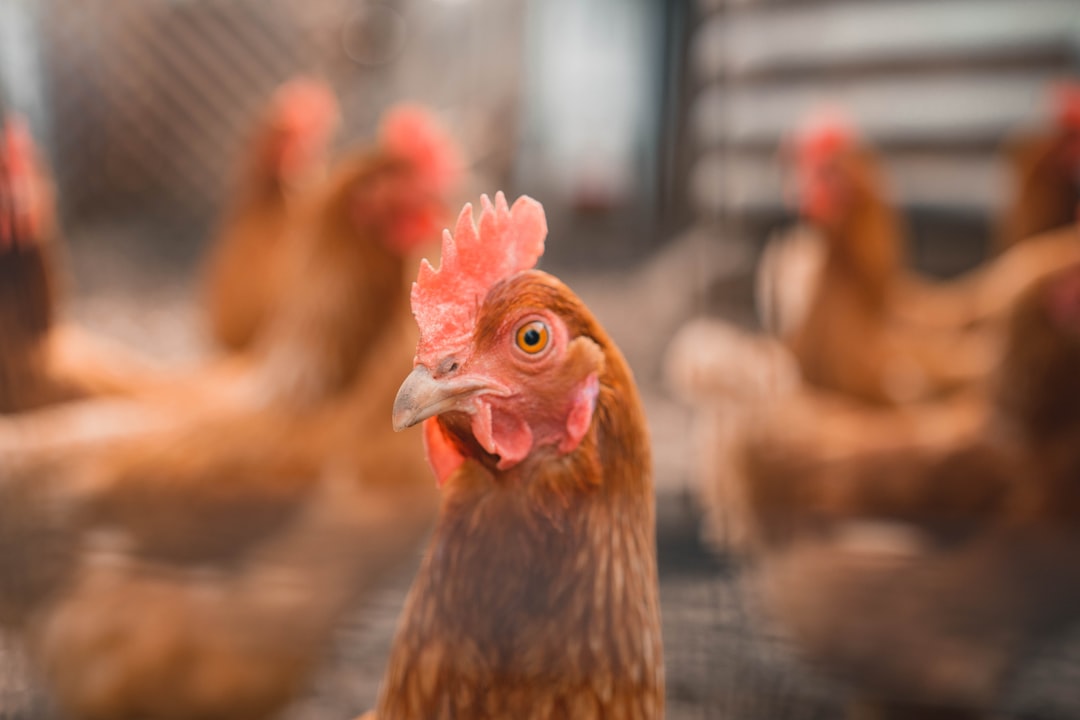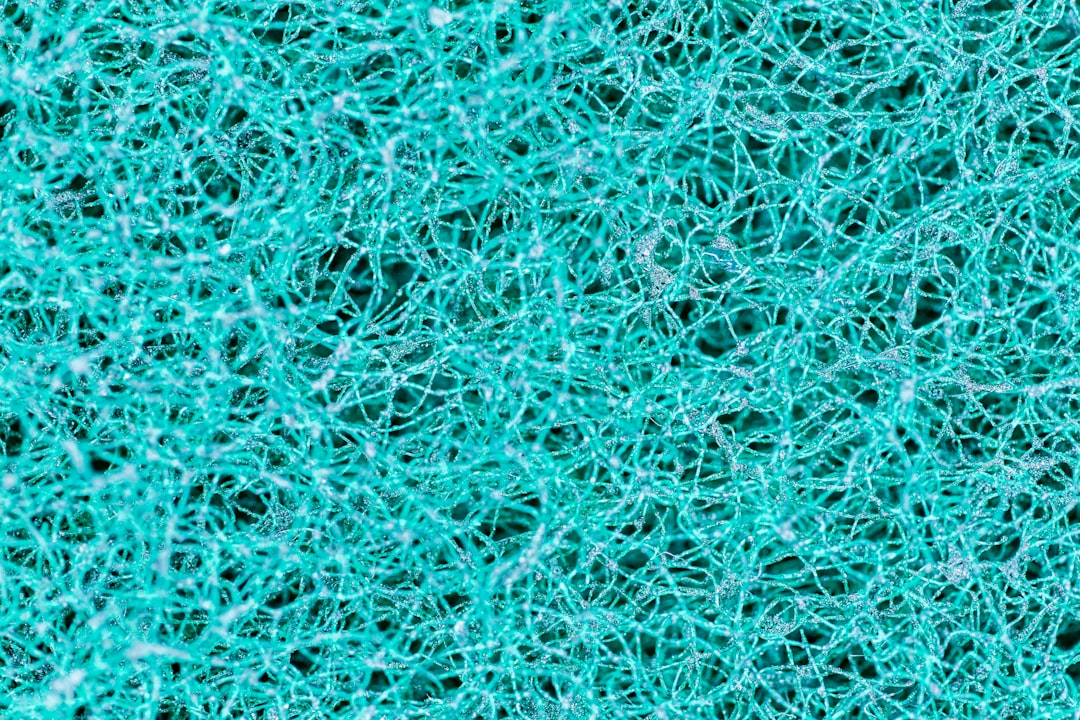What is it about?
Here we found that the receptor Mincle, previously known as a pattern recognition receptor of the innate immune system, plays a significant role in endocytosis. The results have revealed a new fundamental pathway of lipid endocytosis, which we call Mincle-mediated endocytosis (MiME).
Featured Image

Photo by ANIRUDH on Unsplash
Why is it important?
Dysregulation of lipid endocytosis, a normal physiological process of cellular lipid uptake, often underlies the pathogenesis of some wide-spread diseases such as atherosclerosis, obesity, and diabetes. However, the mechanisms of lipid endocytosis are incompletely understood, and only a few such mechanisms have been discovered, limiting the available therapeutic strategies and targets in these diseases. So, our results indicate a new prospective target for the treatment of rapidly increasing in prevalence disorders of lipid metabolism
Perspectives
The evaluation of exact role of the receptor Mincle in the pathogenesis of disorders of lipid metabolism, as well as in the pathogenesis of lysosomal storage diseases is an issue to be investigated. The receptor Mincle was recently reported to recognize enveloped viruses, indicating its possible role in process of virus entry into cells. As the ganglioside GM3 is a component of the viral envelope that plays a key role in the cellular entry of some viruses (e.g., HIV), the role of Mincle in the endocytosis of enveloped viruses is another issue to be investigated. Recently Neu5Gc GM3 has been reported as a tumor neoantigen. As Neu5Gc GM3 directly binds to Mincle, the detailed study of the putative Mincle role in recognizing of Neu5Gc GM3 during carcinogenesis seems to be a promising issue. In addition, our observations may lead to the development of new strategies for receptor-mediated delivery of different forms of drugs.
Alexey Kostarnoy
Read the Original
This page is a summary of: A mechanism of self-lipid endocytosis mediated by the receptor Mincle, Proceedings of the National Academy of Sciences, July 2022, Proceedings of the National Academy of Sciences,
DOI: 10.1073/pnas.2120489119.
You can read the full text:
Contributors
The following have contributed to this page










